Home \ International \ Saving time and space with the new Potain MCR 305
Saving time and space with the new Potain MCR 305
15/01/2024
Pubblicato da Ettore Zanatta
• The latest luffing jib crane from Potain can reach a height of 190 m with almost half the anchorage points required by similar models.
Manitowoc is launching its all-new Potain MCR 305 luffing jib tower crane, which was jointly developed by French and Chinese engineers. Customer feedback harnessed through the company’s extensive Voice of the Customer process helped optimize the new design, offering several improvements over earlier models.
One of the most impressive advances of the MCR 305 is its optimized design, which significantly reduces the number of points where the crane must be secured to a building as construction grows upwards. Requiring fewer anchorage points means more efficient assembly and less expense for contractors, saving precious time on the tight schedules high-rise projects demand. For example, with the existing MCR 295 A configured with a 60 m jib, 11 anchor points are required to reach a height of 192.6 m. However, with the new MCR 305 with the same jib, just six anchor points are needed to reach 194.3 m.
Equally important for contractors is the MCR 305’s reduced out-of-service radius. For example, with a 60 m jib the out-of-service radius of the MCR 305 is just 12.5 m, compared with 22 m for the MCR 295 A in the same configuration. Lowering the out-of-service radius allows contractors to place more cranes on constrained jobsites, making more lifting options available and delivering better space optimization. It could mean projects considering a high-rise build with just one crane may now be able to accommodate two, delivering huge productivity advantages.
The new crane’s increased load charts make the MCR 305 more attractive for high-rise construction, as it can handle heavier loads, said Leong Kwong-Joon, regional product manager for Potain tower cranes at Manitowoc. “We’ve had extensive conversations with customers and the insights we gained have helped us develop an impressive new luffing jib crane. Strength gains are realized along the entire length of the jib. There are also great savings for customers in climbing higher faster, and better productivity with a substantially reduced out-of-service radius. We’re excited to launch this new model to market.”
Basic design, wind performance, and wind tunnel tests for the crane were carried out in France, while the Chinese team completed the structural design and test verifications. Each jib position and lifting point on the crane was subject to an extensive design and analysis process lasting several months. There are two versions of the MCR 305: the 20 t capacity MCR 305 H20, and the 25 t capacity MCR 305 H25. With a 60 m jib length, maximum tip loads are 3.1 t for the H20 version and 3 t for the H25 version. There are multiple winch options, depending on customer preference, including HPL (High-Performance Lifting) options, with up to 1,200 m of wire rope available.
The cranes are built at the Manitowoc factory in Zhangjiagang, China, and will be sold across Asia, Australia and New Zealand, Africa, the Middle East, and Latin America.

Ultime notizie di Manitowoc Cranes Group Italy
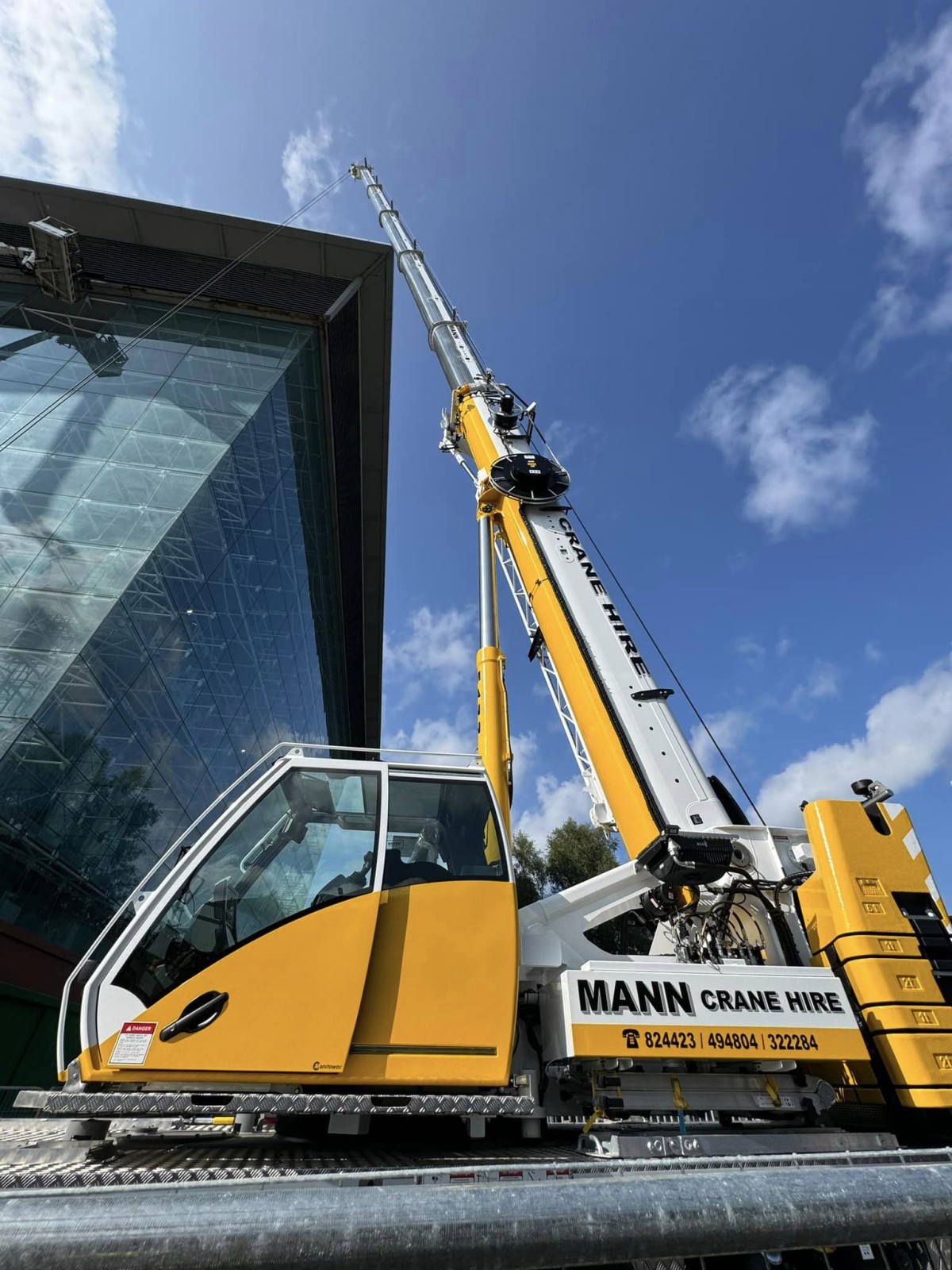
Lifting
25/11/2024
New Grove GMK3060L-1 drives busy schedule for Mann Crane Hire
• Mann Crane Hire selected the GMK3060L-1 for its class-lead...
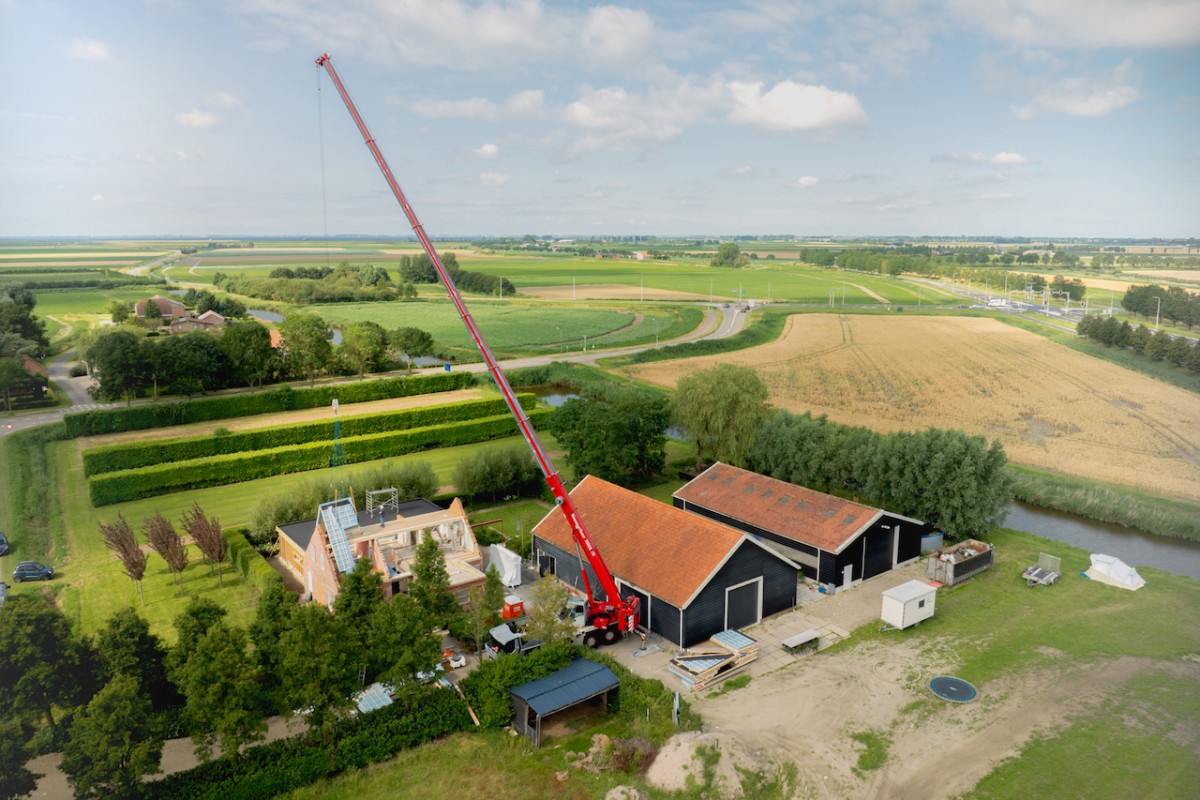
Lifting
06/11/2024
Dutch crane company receives one of Europe’s first Grove GMK4080L all-terrain cranes
Kraanverhuur Tholen has purchased a new Grove GMK4080L all-t...

Lifting
30/10/2024
Eight Potain cranes team up to construct Milan’s stunning new CityWave building
• CMB and Colombo Costruzioni – two of the most respected na...
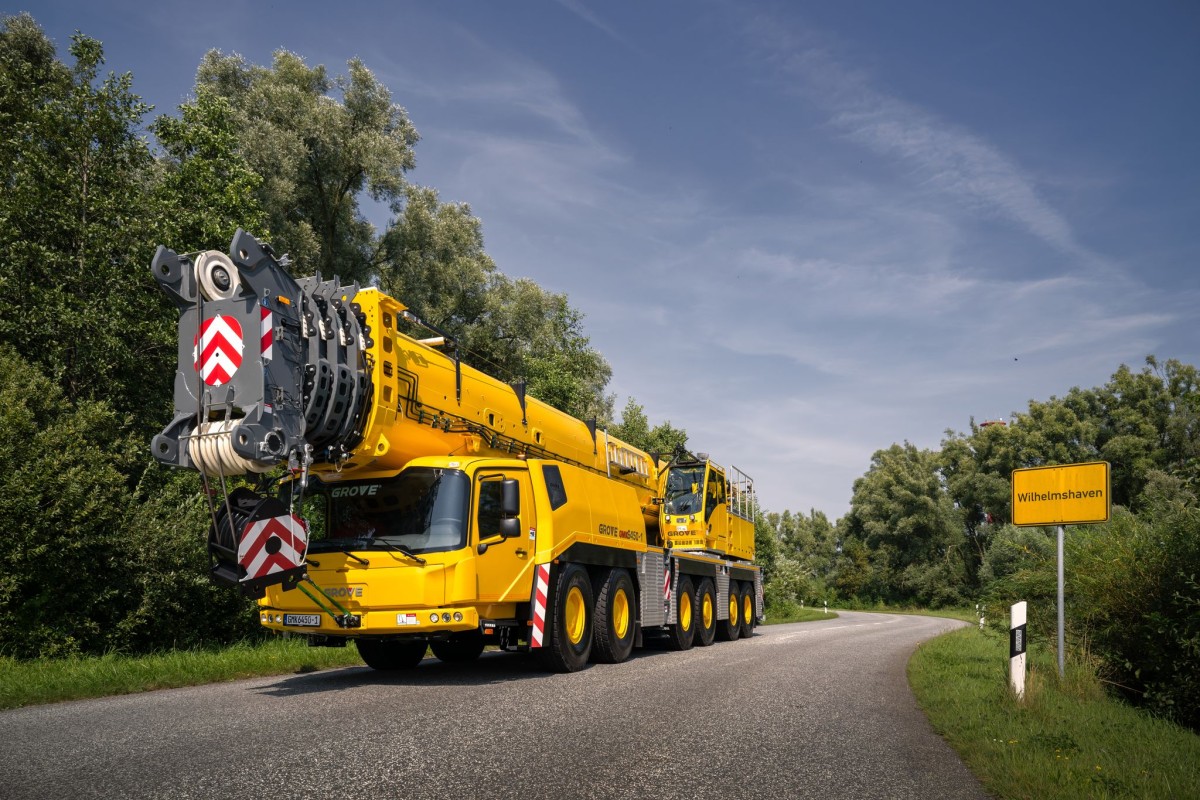
Lifting
28/10/2024
Grove upgrades the GMK6400-1 to GMK6450-1
Grove responded to customer demand for a higher-capacity cra...

Lifting
18/10/2024
Manitowoc to launch major new product at bauma China 2024
• Manitowoc will announce a significant new crane introducti...
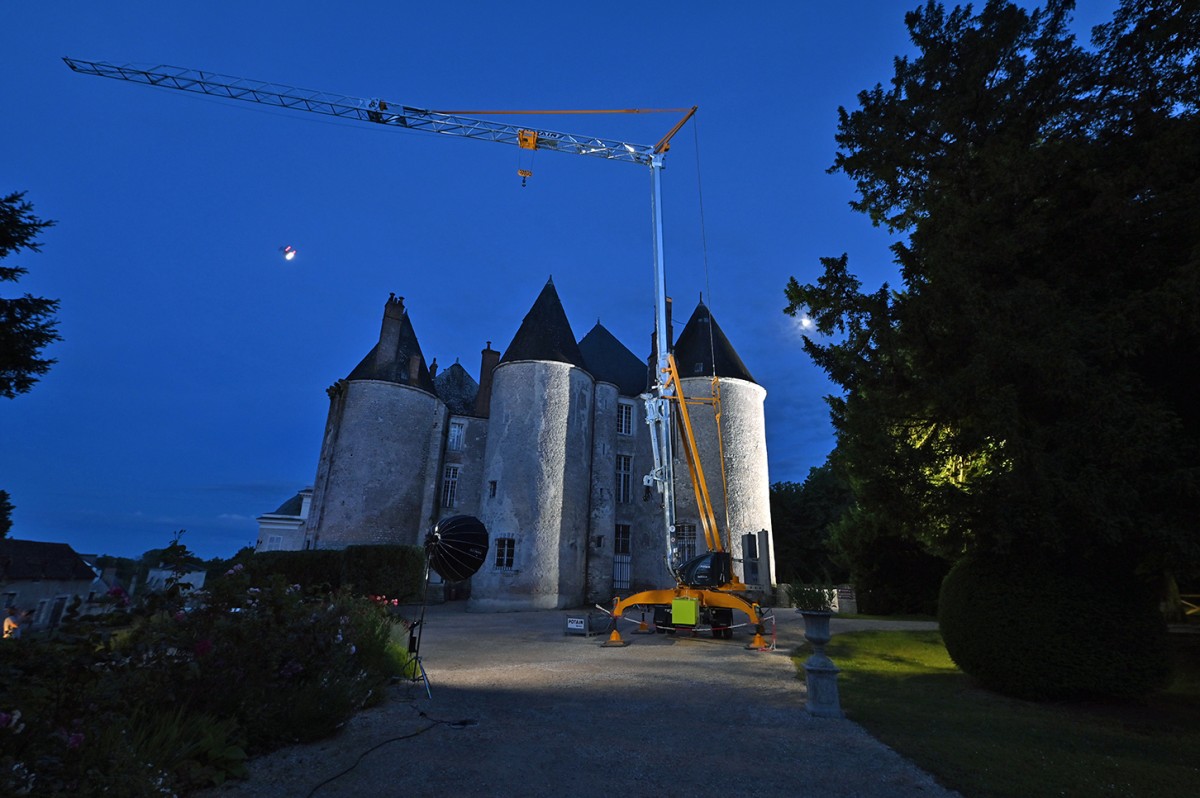
Lifting
07/10/2024
Manitowoc introduces new Potain Igo M self-erecting crane
The Potain Igo M 24-19 is a ideal choice for new home constr...
Altri International
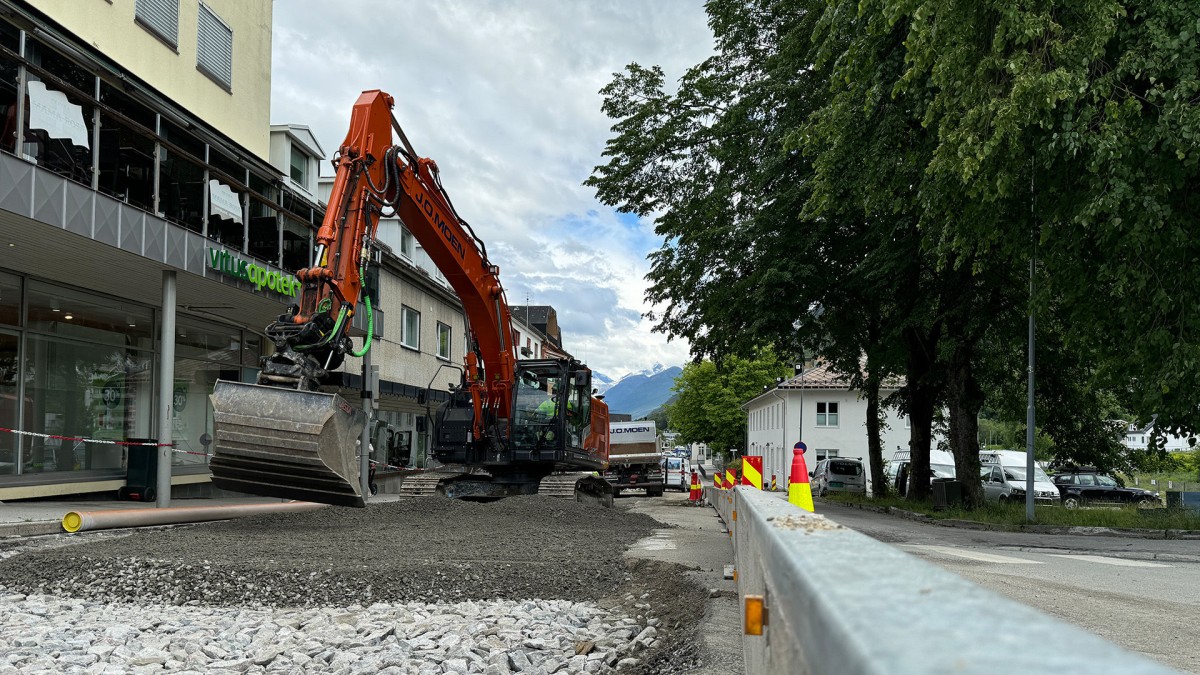
International
28/11/2024
Hitachi's Zaxis-7 excavator is a favourite for Norwegian family-business
Norwegian family business JO Moen AS has added a ZX225USRLC-...
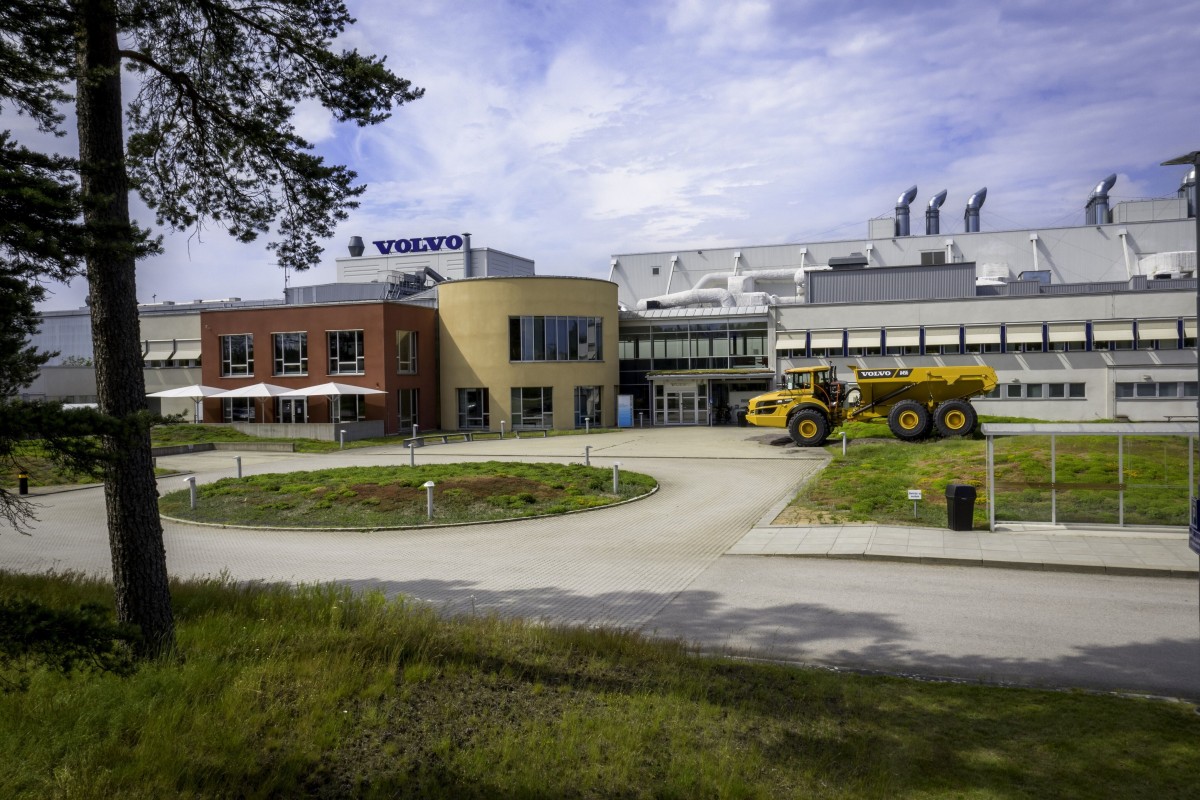
International
27/11/2024
Home of Volvo Construction Equipment’s pioneering articulated haulers advances to Climate Efficient Site
As one of the construction industry’s most active drivers of...
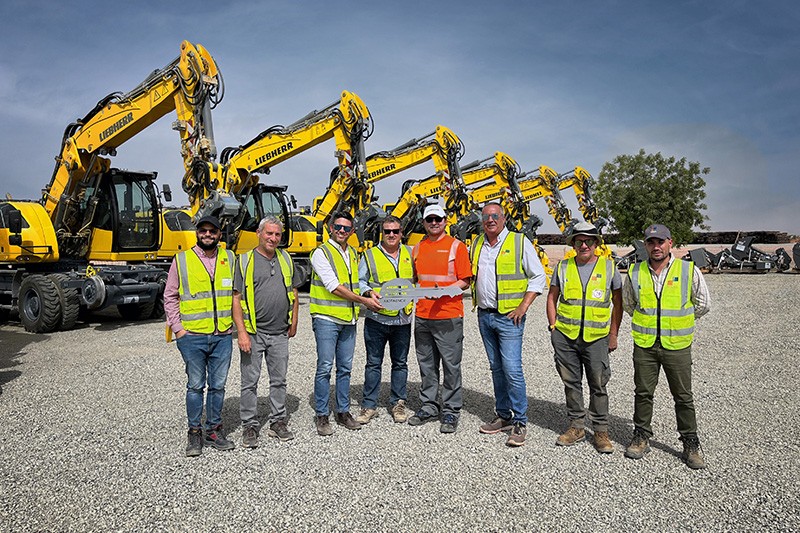
International
26/11/2024
Mota-Engil orders 10 Liebherr railroad excavators for a major project in West Africa
The Portuguese construction company Mota-Engil has once agai...

International
25/11/2024
New Grove GMK3060L-1 drives busy schedule for Mann Crane Hire
• Mann Crane Hire selected the GMK3060L-1 for its class-lead...

International
25/11/2024
Prinoth Unveils Expanded Production Facility in Granby, Canada
Prinoth held an event to announce the official opening of it...

International
23/11/2024
GPMat International takes delivery of two Raimondi T147s residential development in the South of France
- Official agent of France expands its product lineup with t...












































